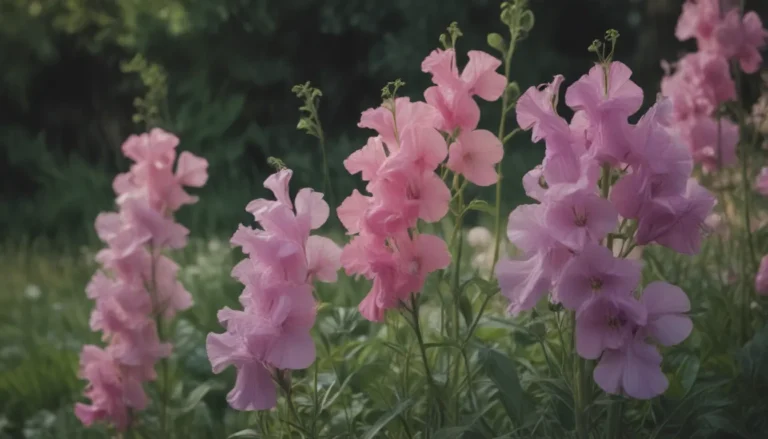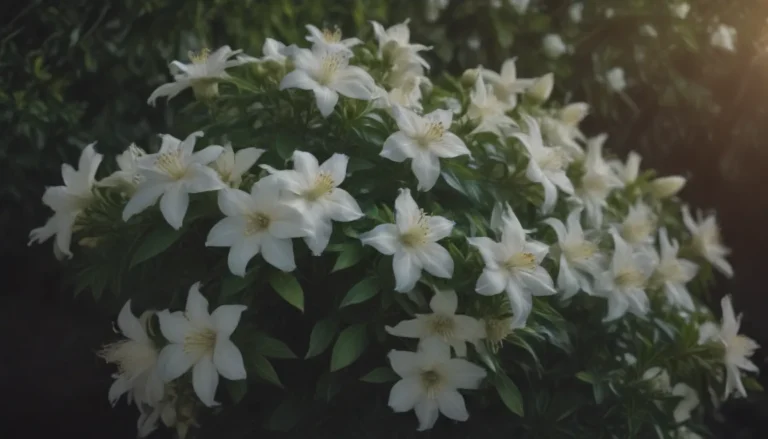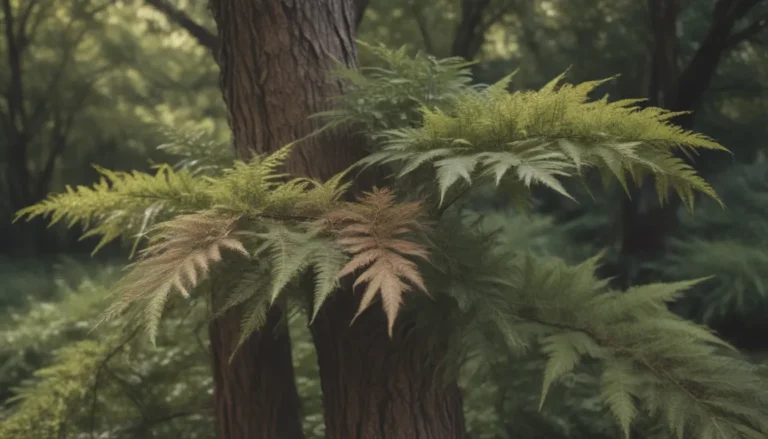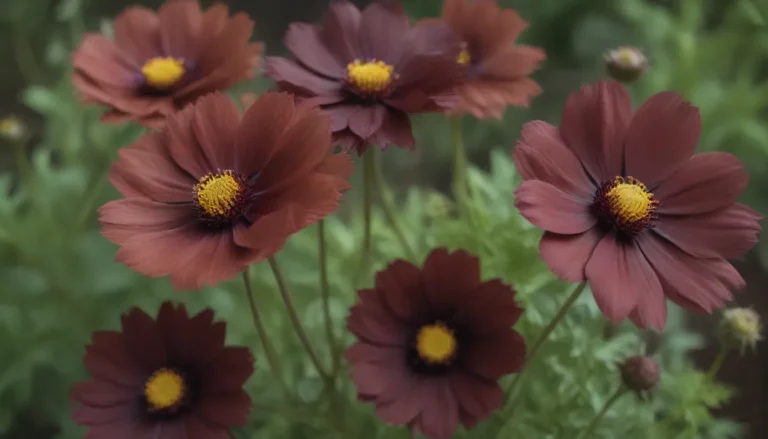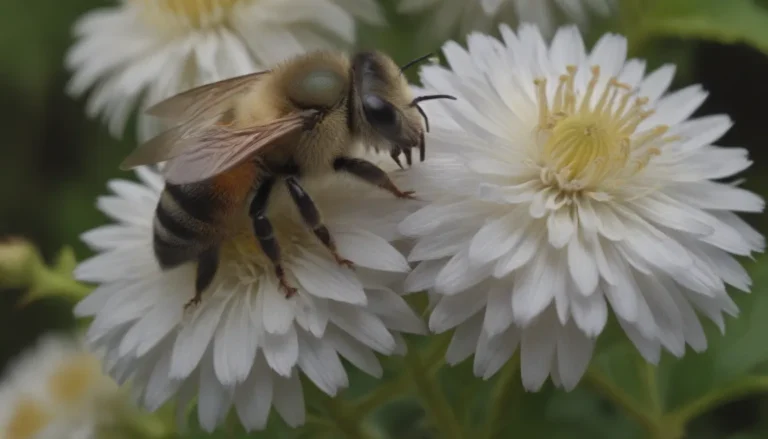Exploring North American Sumac Trees and Shrubs: A Comprehensive Guide
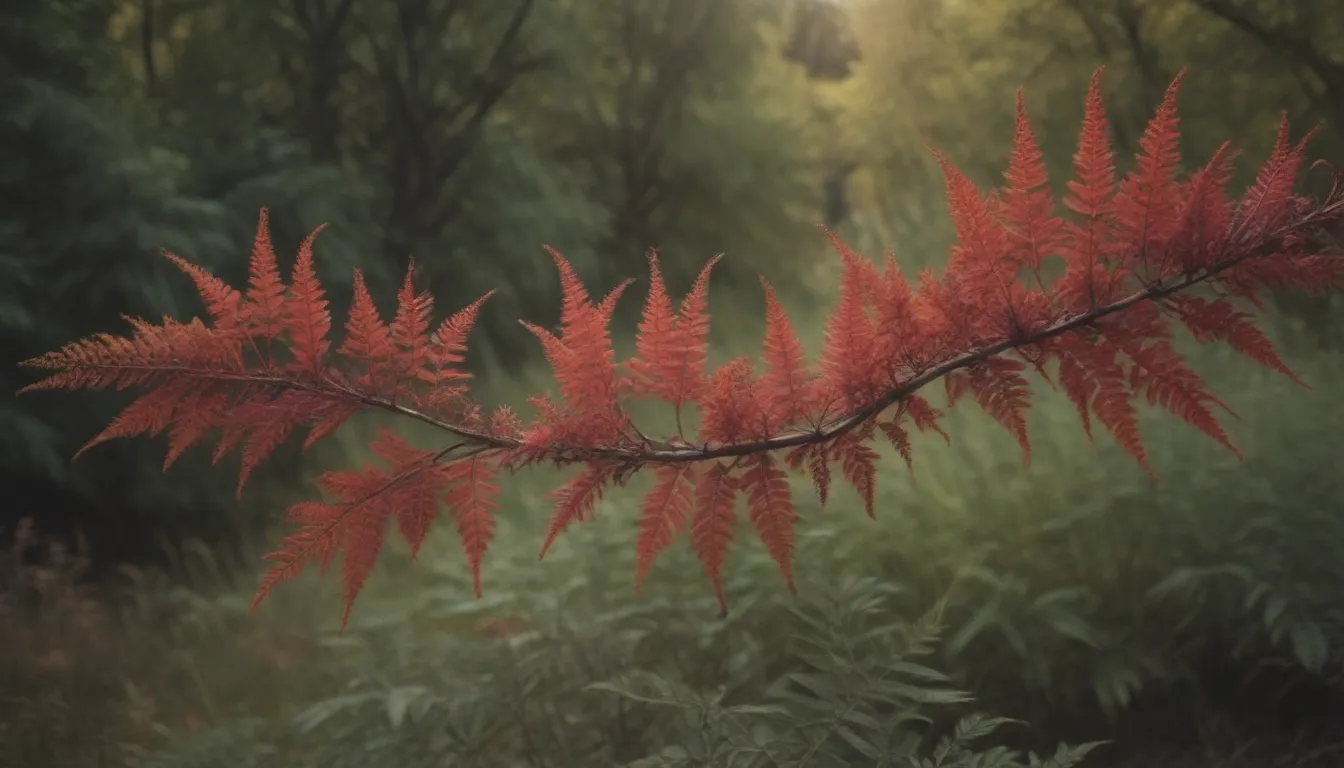
If you are looking to enhance your garden or yard with beautiful, native plants, then North American Sumac trees and shrubs might just be the perfect addition. With about 35 different species found in North America alone, sumacs are not only visually appealing but also offer a variety of practical uses. In this in-depth article, we will explore the diverse world of sumac plants, from their unique features to their growing conditions and practical applications.
Understanding North American Sumac Plants
Sumacs belong to the Rhus genus within the Anacardiaceae family, which also includes cashews, mangos, and pistachios. These versatile plants come in a range of species, with variations in leaf structure, color, and overall size. Native to North America, sumacs are generally shrubs or small trees with compound pinnate leaves, though some species may have simple or trifoliate leaves. They are known for their bright fruits (drupes) that attract birds and their stunning autumn colors in shades of yellow, orange, and red.
Key Features of North American Sumac Plants:
- Most species are shrubs or small trees
- Compound pinnate leaves are common, but some species have simple or trifoliate leaves
- Known for bright fruits that attract birds and vibrant autumn colors
Tip: Before handling sumac plants, be aware that certain species were once classified in the Toxicodendron genus, including poison ivy, poison sumac, and poison oak. Exercise caution when dealing with these plants.
12 North American Sumac Species to Consider for Your Garden
Here are 12 diverse sumac species native to North America that you may consider adding to your garden or yard:
1. Elm-Leaved Sumac (Rhus coriaria)
- Native Area: North America
- USDA Growing Zones:
- Height:
- Sun Exposure:
Elm-Leaved Sumac, also known as Tanner’s sumac or Sicilian sumac, is prized for its edible fruits and brilliant red autumn foliage. This species has historical uses in spices and tanning processes, making it both practical and visually appealing.
2. Evergreen Sumac (Rhus virens)
- Native Area: North America
- USDA Growing Zones:
- Height:
- Sun Exposure:
With glossy evergreen foliage that changes color throughout the seasons, Evergreen Sumac, also called tobacco sumac, is a versatile plant that is both drought-tolerant and resistant to pests and diseases.
3. Fragrant Sumac (Rhus aromatica)
- Native Area: North America
- USDA Growing Zones:
- Height:
- Sun Exposure:
Fragrant Sumac is a low shrub that spreads easily to form thickets. Its fragrant leaves and twigs and vibrant autumn colors make it an attractive choice for stabilizing banks or creating informal hedges.
4. Lemonade Berry Sumac (Rhus integrifolia)
- Native Area: North America
- USDA Growing Zones:
- Height:
- Sun Exposure:
Known for its simple leaves and tart berries, Lemonade Berry Sumac is a slow-growing, drought-tolerant plant that is ideal for stabilizing hillsides in wildfire-prone areas.
5. Littleleaf Sumac (Rhus microphylla)
- Native Area: North America
- USDA Growing Zones:
- Height:
- Sun Exposure:
Also called desert sumac, Littleleaf Sumac is a multi-branched shrub with small, leathery leaves and attractive white flowers. It is a valuable plant for protecting native bee populations.
6. Michaux’s Sumac (Rhus michauxii)
- Native Area: North America
- USDA Growing Zones:
- Height:
- Sun Exposure:
Michaux’s Sumac is a small shrub distinguished by its hairy texture and dioecious nature. Endangered in its native range, this plant produces red fruit and is rarely used in landscaping applications.
7. Prairie Sumac (Rhus lanceolata)
- Native Area: North America
- USDA Growing Zones:
- Height:
- Sun Exposure:
Popularly known as prairie flameleaf sumac, this shrub offers bright red or orange autumn color and is favored by birds for its dark red fruits. It is a medium- to large-sized shrub that can be used as a landscape specimen.
8. Skunkbush Sumac (Rhus trilobata)
- Native Area: North America
- USDA Growing Zones:
- Height:
- Sun Exposure:
Skunkbush Sumac is known for its trifoliate leaves and strong odor when crushed. It is commonly used for windbreaks, erosion control, and adding bright autumn colors to the landscape.
9. Smooth Sumac (Rhus glabra)
- Native Area: North America
- USDA Growing Zones:
- Height:
- Sun Exposure:
A common native plant, Smooth Sumac is valued for its vibrant autumn foliage and ability to stabilize large slopes. It readily colonizes open areas through suckering and is an attractive choice for erosion control.
10. Staghorn Sumac (Rhus typhina)
- Native Area: North America
- USDA Growing Zones:
- Height:
- Sun Exposure:
The largest of the North American sumacs, Staghorn Sumac is a spreading shrub or small tree with toothed leaflets and attractive red fruits. It forms small thickets and offers a stunning display of autumn colors.
11. Sugar Sumac (Rhus ovata)
- Native Area: North America
- USDA Growing Zones:
- Height:
- Sun Exposure:
Sugar Sumac is an evergreen shrub with bright green leaves and sticky reddish berries. Often sheared for ornamental purposes, this plant can also be allowed to form thickets for erosion control.
12. Winged Sumac (Rhus copallinum)
- Native Area: North America
- USDA Growing Zones:
- Height:
- Sun Exposure:
Winged Sumac, or dwarf sumac, is a deciduous shrub that thrives in dry soils and forms large colonies. With bright red autumn foliage, this plant is best suited for areas where its tendency to spread and colonize is desired.
Tip: Consider planting native sumacs in your landscape to help bee populations thrive, as these plants produce plentiful nectar that supports bee health.
Growing and Caring for North American Sumac Plants
Sumacs are known for their easy-growing nature and adaptability to various soil and light conditions. Here are some general tips for growing and caring for North American sumac plants:
- Soil: Sumacs can thrive in most types of soil but prefer well-draining, slightly acidic soil.
- Light: While sumacs can tolerate various light conditions, they generally prefer full sun to partial shade.
- Watering: Once established, sumacs are drought-tolerant and only require watering during prolonged dry spells.
- Pruning: Regular pruning can help control the spread of sumac plants and maintain their desired shape.
By following these care tips, you can enjoy the beauty and benefits of North American sumac plants in your garden or yard.
In Conclusion
North American sumac trees and shrubs offer a diverse range of species to choose from, each with unique features and practical uses. Whether you are looking to attract wildlife, add vibrant autumn colors, or stabilize slopes in your landscape, sumacs are a versatile and attractive option. By understanding the characteristics and growing requirements of different sumac species, you can make informed decisions about incorporating these plants into your outdoor space.
We hope this comprehensive guide has provided valuable insights into the world of North American sumac plants and inspired you to explore the beauty of these native species in your own garden. Happy gardening!
